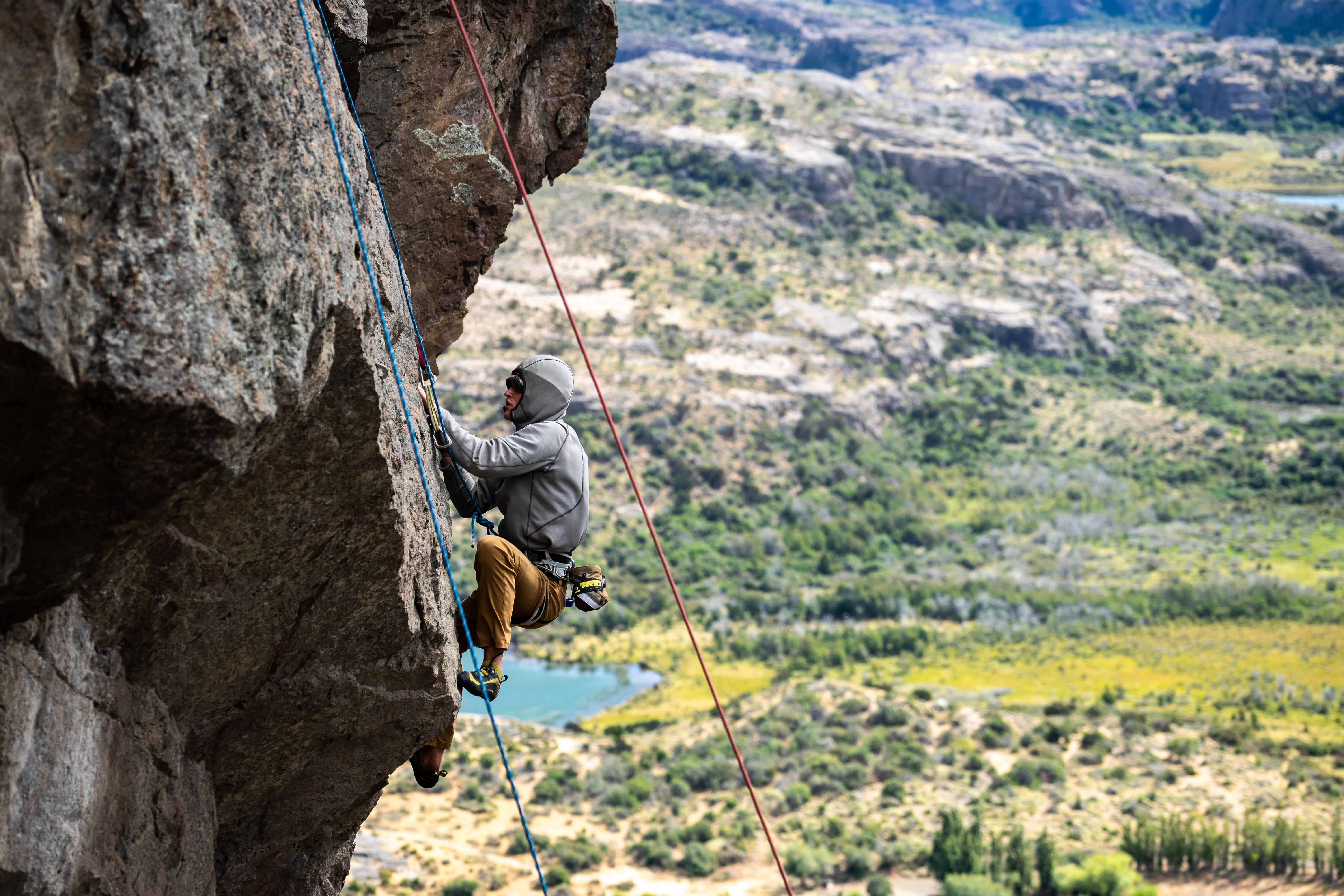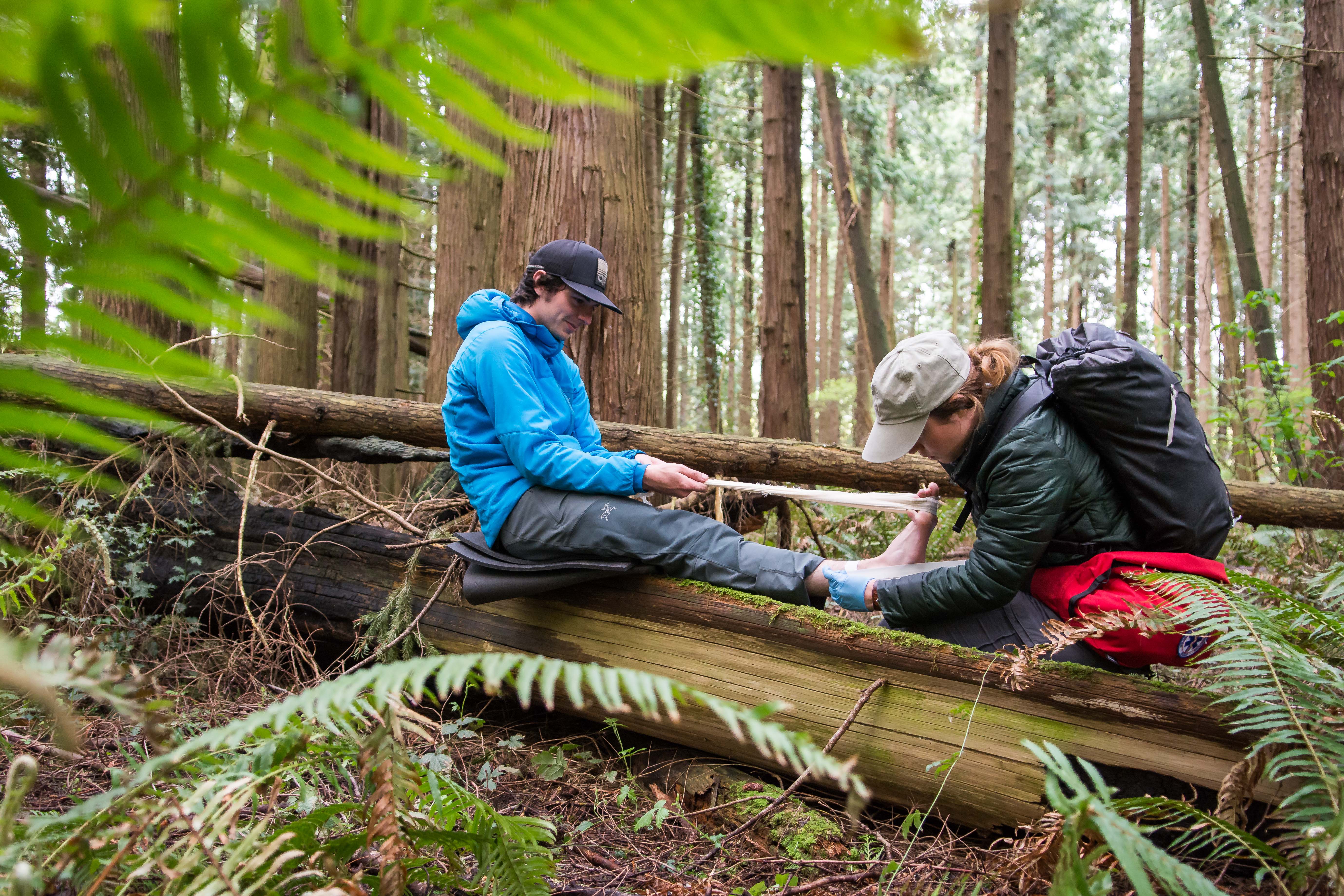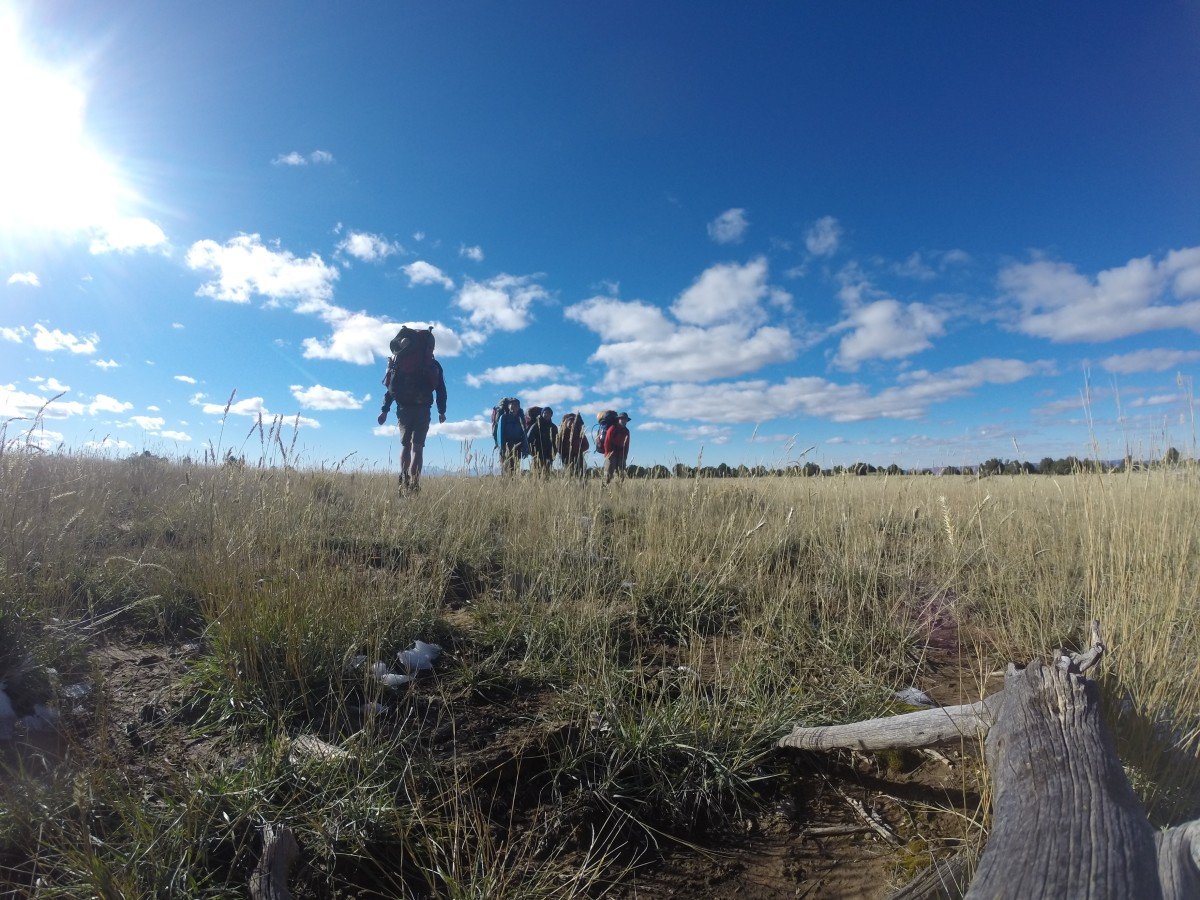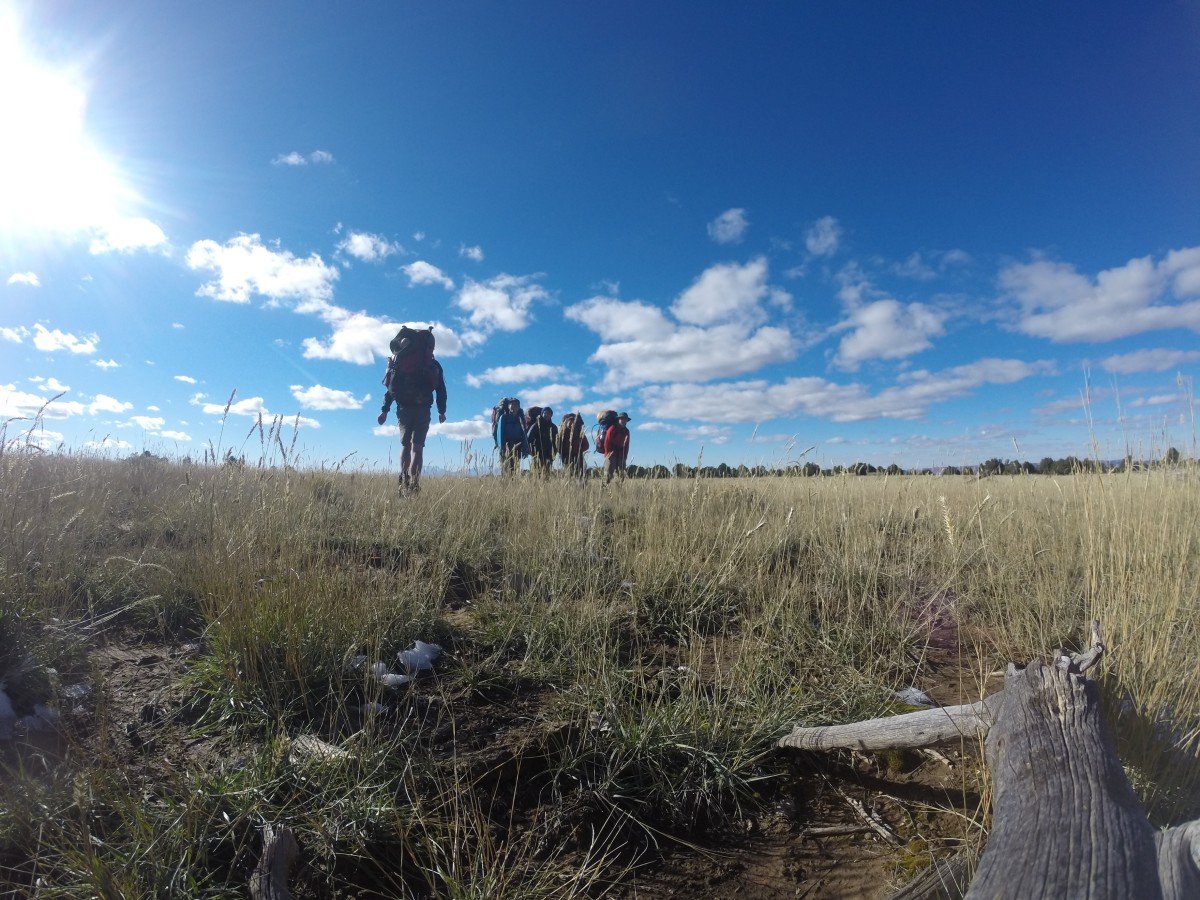
The Setting
You and your climbing partner are enjoying an exceptional climbing vacation. This morning your partner has the lead on the first pitch and is approximately 30 feet off the deck and 6 feet above his last piece of protection working over a roof.
At this point you notice him struggling with his foot placement and brace for a fall. He comes off the route and swings into the rock about 12 feet below his high point. His feet impacted first. He grabs his right ankle.
SOAP Report
Subjective
The patient is a 27-year-old male whose chief complaint is pain in the right ankle. Patient fell approximately 12 feet while rock climbing absorbing the force of the fall with right side of body and feet. Patient was wearing a helmet. He did not hit his head. Patient is currently A&O x 4.
Objective
Patient Exam: Patient was lowered to the ground without incident, and is sitting comfortably. Head to toe revealed a two-inch long, quarter inch wide laceration to right lateral thigh and abrasions along the right lower leg. The right ankle is swollen with pain and general tenderness. There is no point tenderness and good CSM in the toes. No other injuries were found. Patient denies head, neck and back pain. There was no loss of responsiveness.
Vital Signs
|
Time |
10:15 AM |
11:00 AM |
|
Level of Responsiveness (LOR) |
A+0x4 |
A+Ox4 |
|
Heart Rate (HR) |
88, strong, regular |
64, strong, regular |
|
Respiratory Rate (RR) |
24, shallow, regular |
12, deep, easy |
|
Skin Color, Temperature, Moisture (SCTM) |
Pink, warm, dry |
Pink, warm, dry |
|
Blood Pressure (BP) |
Strong radial pulse |
Strong radial pulse |
|
Pupils |
PERRL (Pupils equal, round, responsive to light) |
PERRL (Pupils equal, round, responsive to light) |
|
Temperature T° |
Not taken |
Not taken |
History
|
Symptoms: |
Denies |
|
Allergies: |
Peanuts (one severe reaction several years ago, no recent exposure) |
|
Medications: |
400 mg Ibuprofen, this morning, for minor aches |
|
Pertinent Hx: |
Denies patient history |
|
Last in/out: |
Breakfast this morning, 1 L H2O. Patient is not thirsty. Normal urine and bowel |
|
Events: |
Nothing remarkable preceded the fall. |
STOP READING!
What is your assessment and plan? Take a few minutes to figure out your own assessment and make a plan. Don’t cheat—no reading on without answering this first!

Assessment
This patient has an injury to his right ankle. He also has abrasions to his right lower leg and a laceration to his right thigh. Based on the MOI and absence of signs and symptoms this patient is an unlikely candidate for spine injury.
Plan
A usability test was performed on the ankle and the patient is able to bear weight. Additional support was provided with a figure 8 wrap with a stretch bandage and we found a stick that is useful as a walking cane. The patient was able to walk to camp.
The minor wound bleeding was easily controlled with direct pressure. Once in camp we irrigated the abrasion, and dressed it with a clean dry gauze dressing. The laceration is not gaping (the edges come together nicely) and it appears clean. It was irrigated with water, then covered with a dressing. Both wounds will be watched for signs of infection.
Anticipated problems
- Possible wound infection
- An inability to bear weight on the ankle develops.
Comments
In our first aid context we don’t try to diagnose the injury or grade a sprain or strain. We decide if an injury is usable, or not. If usable (the patient can walk without undue discomfort), we try to manage pain and may tape, wrap or brace for support. If unusable we may also manage pain, while we immobilize and evacuate. There is no evidence/science on the concept of usability as a screen for injuries. It is expert opinion based on anecdote and experience. It seems to work.
So, what happened to RICE?
We stopped using the RICE memory aid a few years ago. Treatment protocols for joint injury are an evolving area in medicine. Some advocate for MEAT (movement, exercise, analgesics, treatment) others for PRICE (protection, rest, ice, compression, elevation). Some call the POLICE (protection, optimal loading, ice, compression, elevation) and other want PEACE&LOVE (protection, elevation, avoid-anti-inflammatories, compressions, education, load, optimism, vascularization, exercise).
Common themes in these protocols are protection, avoiding aggressive suppression of inflammation, which is thought part of healing, early and judicious mobility, ice, compression and elevation. The rest aspect of RICE was always unrealistic; most people don’t wait in the wilderness to heal, they evacuate. These are also rehabilitation protocols used by those skilled in treating musculoskeletal injury. We’re looking for practical first aid practices, so we teach to assess, manage pain and support as needed.
For pain management you can consider non-prescription medications such as a non-steroidal anti-inflammatory such as ibuprofen and/or acetaminophen. Of course you should ask the patient about allergies and any previous experience with the medication.
Local cooling with ice can be helpful as a short-term non-pharmaceutical pain relief. There are several different regiments published. Cooling for 20-40 min every 2-4 hours is our recommendation. Another popular one is 10 on 10 off. And still another is to use numb skin and pain relief as an endpoint. The role of ice is for short term pain relief, not long term suppression of inflammation.
Elevation of the injury above the level of the heart may reduce swelling as well. There is little evidence elevation helps healing, but we know it might lessen throbbing and pain in the short term, and it doesn’t harm, so for comfort it is acceptable to elevate an injury.
Evidence on the efficacy of compression affecting long term healing is also equivocal at best. It won’t prevent extensive swelling and has the risk of circulation compromise if you don’t pay attention to CSM. It could be used, as with elevation, to reduce swelling to help manage pain.
End of the tale
The next morning the ankle injury, moving into shades of burgundy and taupe, is still painful but with decreased swelling. CSM’s remain good and while the patient can hobble with an ankle wrap and the handy cane, climbing is out of the question. But, being a person of sound expedition behavior, the patient accepts, with a smile, the role of belayer and is able to belay you on a 5.10 off-width from which lesser individuals have been spit like so many watermelon seeds at the county fair.
Keep your skills fresh: Recertify with NOLS Wilderness Medicine.
Written By
Tod Schimelpfenig
As a NOLS Instructor since 1973 and a WEMT, volunteer EMT on ambulance and search and rescue squads since the 70s, Tod Schimelpfenig has extensive experience with wilderness risk management. He has used this valuable experience to conduct safety reviews as well as serve as the NOLS Risk Management Director for eight years, the NOLS Rocky Mountain Director for six years, and three years on the board of directors of the Wilderness Medical Society, where he received the WMS Warren Bowman Award for lifetime contribution to the field of wilderness medicine. Tod is the founder of the Wilderness Risk Manager’s Committee, has spoken at numerous conferences on pre-hospital and wilderness medicine, including the Australian National Conference on Risk Management in Outdoor Recreation, and has taught wilderness medicine around the world. He has written numerous articles on educational program, risk management and wilderness medicine topics, and currently reviews articles for the Journal of Wilderness and Environmental Medicine. Additionally, he is the author of NOLS Wilderness Medicine and co-author of Risk Management for Outdoor Leaders, as well as multiple articles regarding wilderness medicine. Tod is the retired curriculum director for NOLS Wilderness Medicine and is an active wilderness medicine instructor





